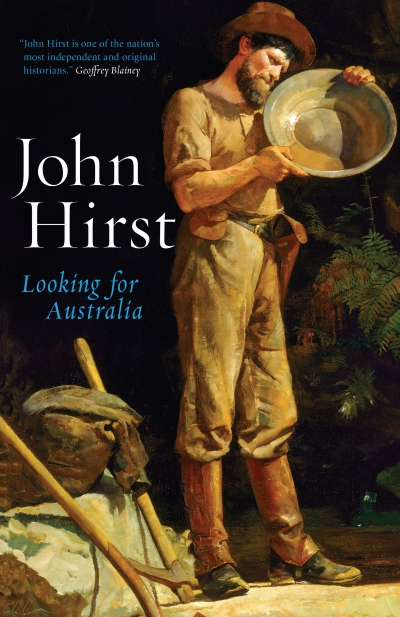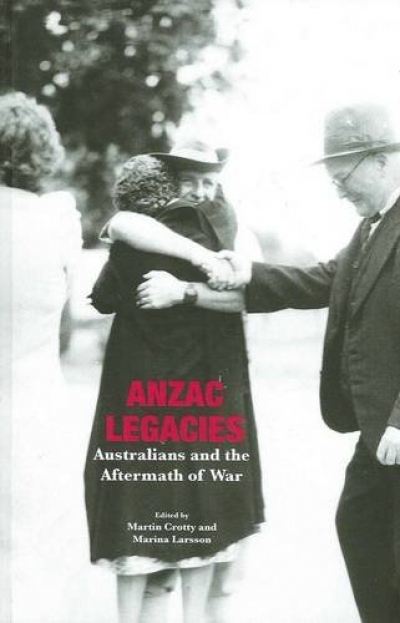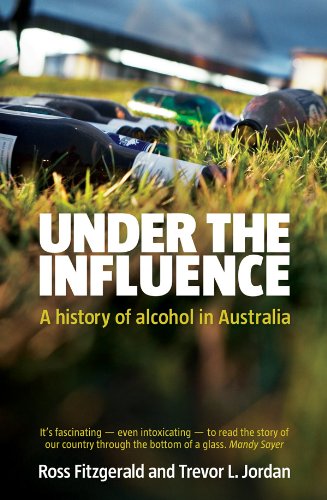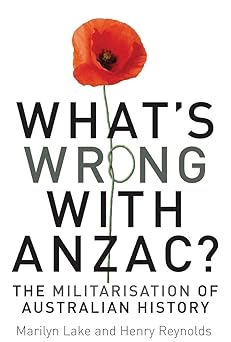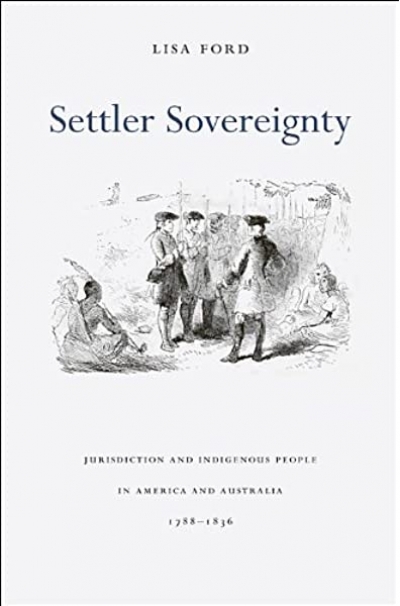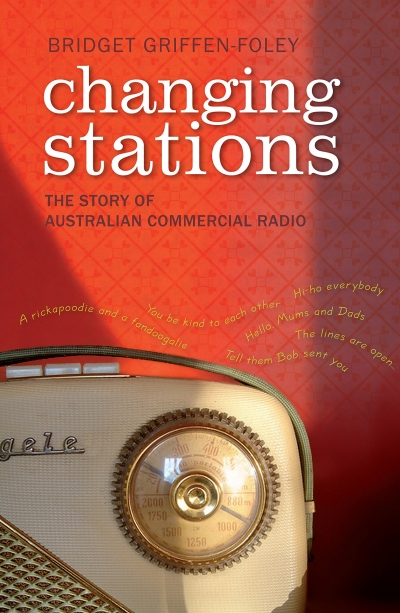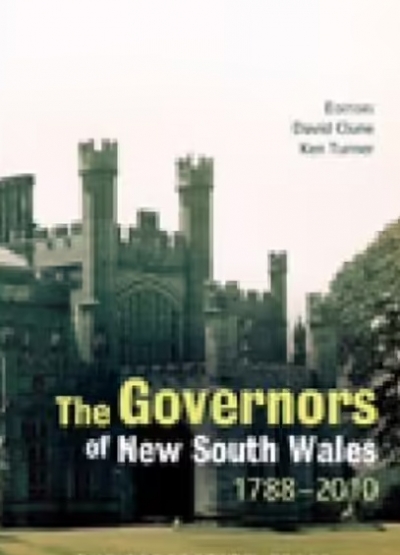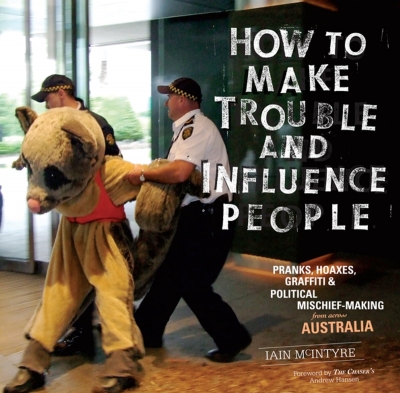Australian History
John Hirst is a distinctive figure in Australian intellectual life. As an academic, he has had a distinguished career at La Trobe University in teaching, supervision, and research. He developed new subjects and methodologies with which to teach them. In addition to those concerning Australian history, there was his pioneering subject designed to inform students about Australia’s European cultural heritage, with some of the lectures recently published as The Shortest History of Europe (2009).
... (read more)Anzac Legacies: Australians and the Aftermath of War edited by Martin Crotty and Marina Larsson
In their recent polemic What’s Wrong With Anzac? (2010), Marilyn Lake and Henry Reynolds lament the militarisation of Australian history epitomised by the profusion of memoirs and military history in bookshops. The authors make a fair point that war history and commemoration has drowned out other notable achievements and failings in our country’s past. But their broad brush sweeps away an important Australian tradition of critical reflection about war and society. If historians ignored Australians at war – as most did until the 1970s – there would be much more wrong with Anzac. Anzac Legacies, edited by Martin Crotty and Marina Larsson, is a compelling and insightful collection of carefully researched essays about the impact of war upon Australians and Australian society. It is a timely reminder that historians need to stay in the Anzac game, and can take it in challenging directions.
... (read more)Radical Sydney: Places, Portraits, and Unruly Episodes by Terry Irving and Rowan Cahill
Witnesses as diverse as Plato in the Republic, James Joyce in Ulysses and Lewis Mumford in The City in History have testified that ultimately, in some metaphorical if not metaphysical sense, the City is, above all else, an expression of love. Terry Irving and Rowan Cahill, luminaries of the New Left in the 1960s and 1970s, currently associated with the University of Wollongong, are assuredly in love with Radical Sydney, a city which may or may not be with us still. There is, however, a whiff of Yeats’s ‘Romantic Ireland’s dead and gone, it’s with O’Leary in the grave’, as there is of Beckett’s borrowing from the French: ‘The only true Paradises are lost Paradises’. Yet Irving and Cahill are anything but Romantics. Radical Realists, rather. They are not afraid to quote those who disagree with them: for example, the head of the Australian Bureau of Crime Intelligence who described the Sydney of the 1950s as ‘a stinking city, one of the most corrupt in the world’. Indeed, as the soundtrack of Underbelly insists: ‘It’s a jungle out there.’
... (read more)Under The Influence by Ross Fitzgerald and Trevor L. Jordan & My Name Is Ross by Ross Fitzgerald
In Under the Influence, Ross Fitzgerald and Trevor L. Jordan look at Australian history and contemporary life through the lens of alcohol use in the community. ‘How a community or nation handles alcohol may be a strong indicator of its collective character’, they suggest. While seeking evidence for this, they throw up some fascinating material.
... (read more)Tragedy and loss
Dear Editor,
In his otherwise eloquent defence (‘Seeing Truganini’, May 2010) of Benjamin Law’s busts of Truganini and Woureddy as ‘irreducible historical objects’, secular works of art and therefore items that should be available for free discussion and exchange, and also in his sketching of the various shades of guilt accompanying this very complex issue, David Hansen, a professional curator, is, I feel, himself ‘guilty’ of looking around these works rather than at them – in fact, not ‘seeing’ them. Dr Hansen says: ‘It is not the sculpture that conveys the extinction myth, but the way the image is and has been used in another past, a later past.’ Focusing on Truganini, he details how, when her bust was made, there were still ‘two hundred full-blood Palawa living’, Darwin’s ‘Origin’ was twenty years off, Truganini was ‘smart and vivacious, young and attractive’, and she and her treaty group were ‘A-list colonial celebrities’.
... (read more)What’s wrong with Anzac? The militarisation of Australian history by Marilyn Lake and Henry Reynolds (with Mark McKenna and Joy Damousi)
This is an important book that should be read by as wide a range of historians as possible. Some will find it totally agreeable, others will find it very disagreeable, while others will agree with some parts of the book but not all. It is a book not just about the ‘militarisation of Australian history’, but, perhaps more importantly, about how Australians see themselves in the world.
... (read more)Settler Sovereignty: Jurisdiction and indigenous people in America and Australia, 1788–1836 by Lisa Ford
The federal government’s intervention in Aboriginal communities in the Northern Territory is, above all, an exercise of power. It illustrates for all to see that the government can interfere with the smallest details of domestic life in a blatantly discriminatory way, regardless of Australia’s international obligations and professed belief in racial equality. It declares to the world that adult Aborigines can be treated like children. Both the present and previous government would argue, in a time-honoured way, that it is for the communities’ own good.
... (read more)Changing Stations: The story of Australian commercial radio by Bridget Griffen-Foley
Having cut my narrative teeth on Dad and Dave and Martin’s Corner (and my critical molars on the Listener-In), I had high expectations of this book. Night after childhood night, I would wait agog for Wrigley’s Chewing Gum and a burst of rowdy music to usher in the outback doings of Dad and his hayseed family. Martin’s Corner, on the other hand, was brought to our living room by Kellogg’s Corn Flakes, which, we were assured, would ‘provide the essential bulk or roughage your system needs to keep it functioning healthily and regularly’. I didn’t know what this meant, but, such was the persuasive power of commercial radio, I believed it. Just as I believed from Sunday-night listening to the Lux Radio Theatre that ‘nine out of ten Hollywood stars used Lux for their daily active lather facials’, though I did wonder about the arid pores of that misguided ‘tenth’ star. The ABC was there for the news, but it was 3LK for entertainment, including such taxing intellectual games as Quiz Kids and Bob Dyer’s Pick-a-Box.
... (read more)The Governors of New South Wales 1788–2010 edited by David Clune and Ken Turner
A couple of anniversaries explain the occasion of this collection: one hundred and fifty years of responsible government in New South Wales, and the bicentenary of Lachlan Macquarie’s arrival as the governor who, Brian Fletcher argues, has had the most ‘persistent hold over public consciousness’ in reflecting the ambiguities of a convict colony. The volume is framed by Rod Cavalier’s foreword, which encourages a sequential reading of these thirty-seven essays, each part-biographical study of a governor and part-analysis of the evolving office. Such a course, Cavalier suggests, will show the position to be no sinecure but a ‘constant’ in the flux of politics. Even so, as civics tests regularly show, it is a position in need of rehabilitation if it is to rise above being a misunderstood curiosity.
... (read more)How to Make Trouble and Influence People: Pranks, hoaxes, graffiti & political mischief-making by Iain McIntyre
Poor communication has long been activism’s Achilles heel. Engaging the wider populace and influencing opinion rely as much on the effective, reliable delivery of a message as on well-organised ideas and events. We may be loath to admit it, but intelligent public relations can aid any pursuit – advocatory, activist, or otherwise.
It is from this perspective that the expansive new publication How to Make Trouble and Influence People: Pranks, hoaxes, graffiti & mischief-making takes its cue. Compiled and written by Melbourne writer, zine-maker, and community radio presenter Iain McIntyre, this vividly illustrated volume documents not only an unofficial history of Australian protest, activism, and all-round cheek, but the connections between political trouble-making and its ability to influence popular opinion. It succeeds, for the most part.
... (read more)

